Inner Hearing, Micro-twitches and the Breath
 Saturday, October 24, 2015 at 7:29PM
Saturday, October 24, 2015 at 7:29PM  This is a longish story. It includes some muso-materials that may be unfamiliar territory for the non-musician. But the pay-off is well worth it, I believe. So, thanks for bearing with me here.
This is a longish story. It includes some muso-materials that may be unfamiliar territory for the non-musician. But the pay-off is well worth it, I believe. So, thanks for bearing with me here.
I have begun working with a new system of ear training and the repercussions of it are mind/body/ear boggling. As of three weeks ago I was not prepared to go out on a limb and recommend it. But now I am. I'll even put this in the strong recommend category.
Background:
Ear training is a big part of my musical work. It is also something that I believe leads up into the depths. The doorway to something well beyond us. For the non-musician reader, ear training is the work of being able to recognize what is happening in the music. And recognize it by hearing alone. An almost preposterous thing for some to consider – how could a musician work in any other way? Well, the answer is we can cheat by not using our ears all over the place. By looking at sheet music or focussing on our fretboards or on our fingerings. We can easily make sound without connecting to, and hearing, that sound.
I had, for a very long time, a pretty crap ear. There are a lot of reasons for this: I learned to sightread very early on (tends to thwart learning by ear), I have a strong intellectual grasp of music theory (can also stunt the ear by replacing direct experience with a map), I have an extremely good grasp of the fretboard (also a map that more often than not replaces the direct experience of hearing) and I had no teachers teach me anything about ear training until I got to college. Even then, the ear training work in my university had no practice to it. We were only given fairly lame tests every week or so. There were never any pathways shown to us. How to lure the ear open, and what the actual work should be, was never addressed.
If I am honest with myself, my ear was pretty crap until about 12-15 years ago when I began studying every ear training program I could get my hands on. I'm not saying I couldn't hear until 15 years ago. I'm saying that only since then did I feel comfortable in my hearing. Now I have some very clear practices that are getting me to the place I want to be. But even still, I feel there are a lot of gaps in my hearing. Or maybe I should just say: the work continues.
 Foreground:
Foreground:
As of the last three weeks, I have begun working with a whole new (to me) series of practices. Bruce Arnold is the guy who put this method together. The late Frank Joliffe (pioneer Stickest and early Warr adopter) mentioned Bruce's work to me well over 25 years ago. At the time I was so overwhelmed with the volume of material Bruce had on offer that I went looking for something simpler elsewhere. Now I am back taking a serious look at his method.
Bruce takes the complete opposite approach to how I have been working over the last few years. My aims have been to be able to hear (and sing) any combination of intervals strung together. (Intervals are the different relationships/distances between all the varieties of pitches.) I worked with all these intervals not in any key center or, at least, not fixed to a specific key center. I have been putting my focus purely on the relationship between pitches. I came to this approach because the normal ear training practices of working inside a major or minor scale weren't useful to me when I actually began to play the kind of music that I find interesting. I felt like I needed to be able to hear the relationships regardless of any key and, then, what if there isn't a clear key? (Can anyone say THRAK!!!?) I want to be able to orient myself in the music and do it quickly.
Bruce, on the other hand, goes in the complete opposite direction. And with some good points. He believes that learning intervals isn't that helpful. There are two main reasons for this. The first is that when the music is flying by you can't hear all the relationships quickly enough. The second is that regardless of the relationships between the notes of a melody, the real meaning (and color) of the pitches is their relationship to the tonal center. To get micro-specific, a whole step in the melody beginning on the 3rd sounds utterly different to the same melody beginning on the 6th. Same melody, totally different color and different meaning. All of this is obvious in a certain way, of course. But, in another way there is something deeper here.
In a nutshell this boils down to hearing a tone in relationship to the key center. As a whole. Learning the whole 'sound' of each of the chromatic pitches against the tonic. And this 'learning the sound' is not a kind of measuring of the distance between the tonic and the given pitch. That is still intervallic hearing. This is hearing the whole sound of the combination as one thing: A flat seventh played against the key center as one sound. I repeat: not hearing the flat seventh in a key center by first hearing the tonic, then intervallically hearing the relationship between the tonic and seventh and then knowing that it is the seventh. But hearing the whole thing as one sound together. And going further, hearing it as one sound even after the tonic is no longer playing – but sensing the pitch in relationship to the overall context that it is sitting in, even if that context is only suggested. In our example, the B flat in the context of C tonality. This same B flat has a totally different meaning in the key of A flat. I'm sure folks who work in fields other than music can make strong analogies to this concept in their own medium.
That's probably all I need to speak about this for the moment, as I am still in process here. But let me share another of Bruce's practices. In his recordings he sets up a key center with a I-IV-V-I chord sequence and then the I chord (major) is played over and over again for a few minutes. He gives you one of these sequences in all 12 of the key centers. Then there are several singing exercises to work with. The first one is to sing a C note over each of the 12 recordings. While you are singing this C you tell yourself the relationship of it to each of the keys. For the first key (C major) the note you are singing is the tonic (1). When you move to F major, now you are singing the C note and it is the fifth. You move through all the keys and keep singing the C note. So, when you are in the key of B major the C is now a b2(#1). You are training yourself to catch, and learn, the sound of this so you can eventually be given any key center and, WITHOUT measuring the interval distance, sing any given tone above it (3rd, 5th, #5, b2...all of them.)

There are progressive exercises to get to these more advanced levels. I am still in the baby stages as I am working to learn the whole sound without measuring the distance between the root of the chord and the tone I am singing. If I let my ear work intervallically I can do this with relative ease. But I am working to grasp the atmosphere of the whole thing (the key center) this splotch of color thrown on to it (b3 over a major triad, for example.)
Fourth Possible World Hearing:
So, on to the fascinating revelation that popped up this week after only three weeks of working with this material.
During a listening exercise – where a key center is setup and then a single tone is played – you are asked to name the degree of the tone. With the beginning exercises you have a lot of time. With the intermediate, it is quite a bit faster. And with the advanced, the notes are flying by. Closer to actual music. While I was working on the intermediate ones, I became aware of minuscule little reaction spasms in several spots along the way. Right after the key center was sounded there was a tension within me while I waited to hear the single tone. Then the very second the tone was played there was another a tiny little spasm. I would probably say that it was a reaction tension, or release of tension. This release was quickly followed by a new twang of extra tension, as now I needed to be able to recognize the sound and state it out loud before Bruce announced the answer in the recording. Then, right when I would say the answer out loud, there was another moment of tension. Very, very small. I would almost describe it as a moment of hysteria. Extremely micro, but present. And then when he would say the correct answer, another reaction. It quickly became clear that these tiny micro-reactions were also moments where I was no longer present with the actual sounds taking place. In these moments I was consumed with myself and my reactions. Not connecting to hearing what is there. In a full analysis there were something like five to six micro-moments during a five second exercise where tensions were coming and going and taking over my experience. There were so quick, and so small, that up until this point I had no awareness of them. Until I did.
So...I ran an experiment. This experiment is similar to something I have been working on in my aikido practice over the past few months. And that is to challenge myself to consistently breathe through the action. Making the breathing the first order of business and the action the second order. Not in a hierarchical way, but in a way where the action isn't allowed to proceed without the breath leading. I have to take extra special care to not lose contact with the breath at the very, very end of the exhale. This is where I usually forget the breath and my attention moves back to the action, as I feel like I have completed the cycle (of the breath). But really this is the moment when you need to hold the attention even stronger in place. This way a fully relaxed action can truly be present. I hope I am explaining this well enough.
Back to the ear training.
Up to this point I had been hitting correct answers about 60-75% of the time. Some of the intervals were extremely challenging for me (specifically the #5 and the major 6th for some reason.) I altered my strategy and tried just listening to the exercises with the aim of having no internal reactions at all. At no point along the way did I allow one of these tensions to built up and play out. I didn't say the answers out loud. I didn't even think them internally. I just heard the sounds and kept the awareness on my breathing all the way through. After a few moments of this pure listening I began to answer the question, but only internally and silently. "sharp 5, minor 3, etc.." I kept these answers silent with no reaction to anything. Continuing to focus on my breathing all along the way.
I am sure you can guess where this is going. My success rate? 100%. Not 95%. Not 99%. I could hear every single frigging sound and know exactly what it was.
Simply by not allowing a reaction (even the subtle one of personal praise for answering correctly), I moved to a place of hearing everything clearly and whole. At the same time knowing exactly what I was hearing.
There are a ton of implications here. I'll extrapolate none of them at the moment. But I will say this: the body. The body has all the information we need.
- - -
Here's the link to Bruce's practices.
http://muse-eek.com/category/ear-training/
The practices I am working on
One-Note Complete
Contextual Ear Training
Fanatics Guide to Ear Training and Sight Singing
I hope this full read was worth something to everyone who made the effort!
cheers,
Trey

 craft,
craft,  ear training,
ear training,  ears,
ears,  hearing
hearing 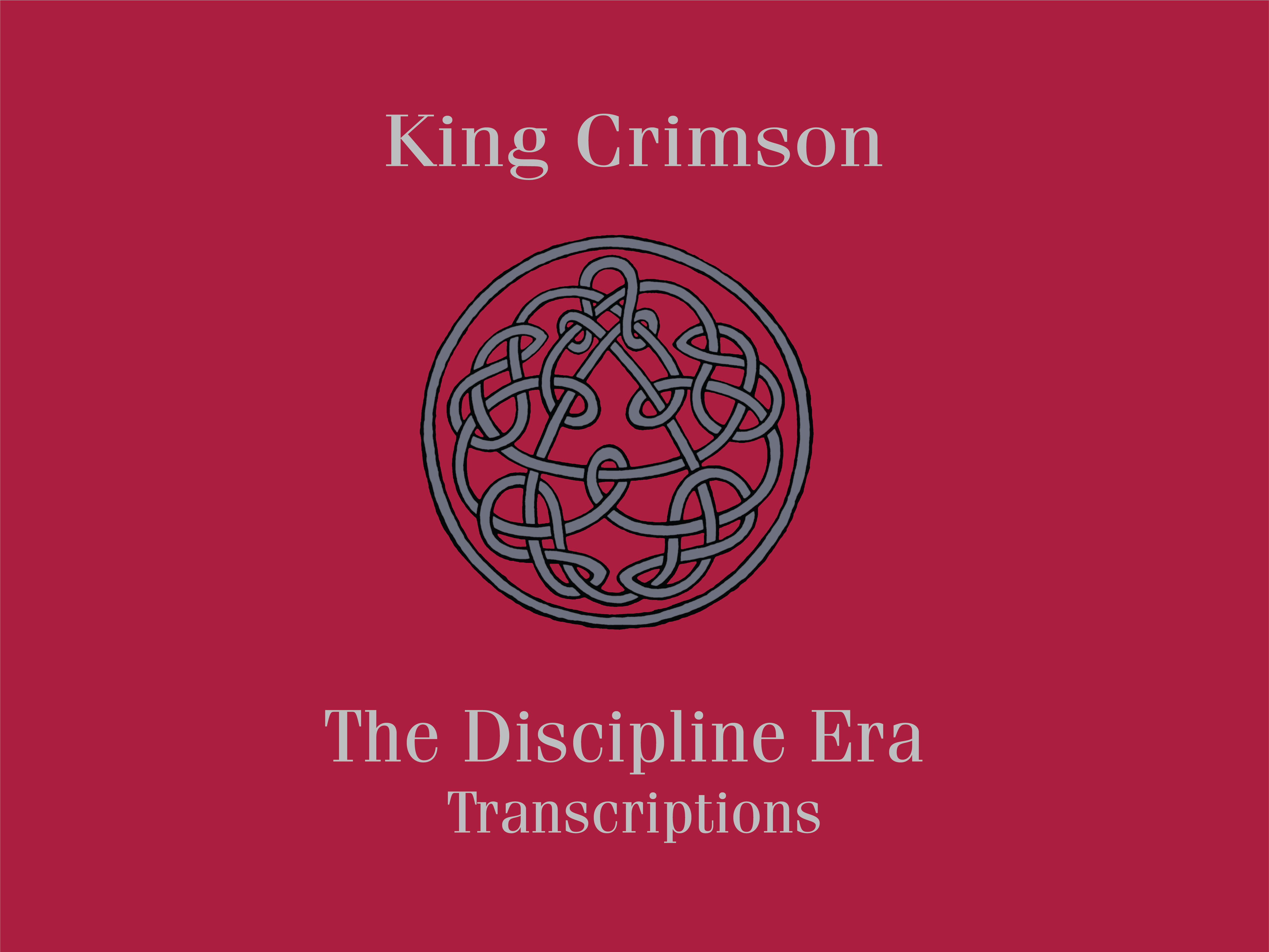
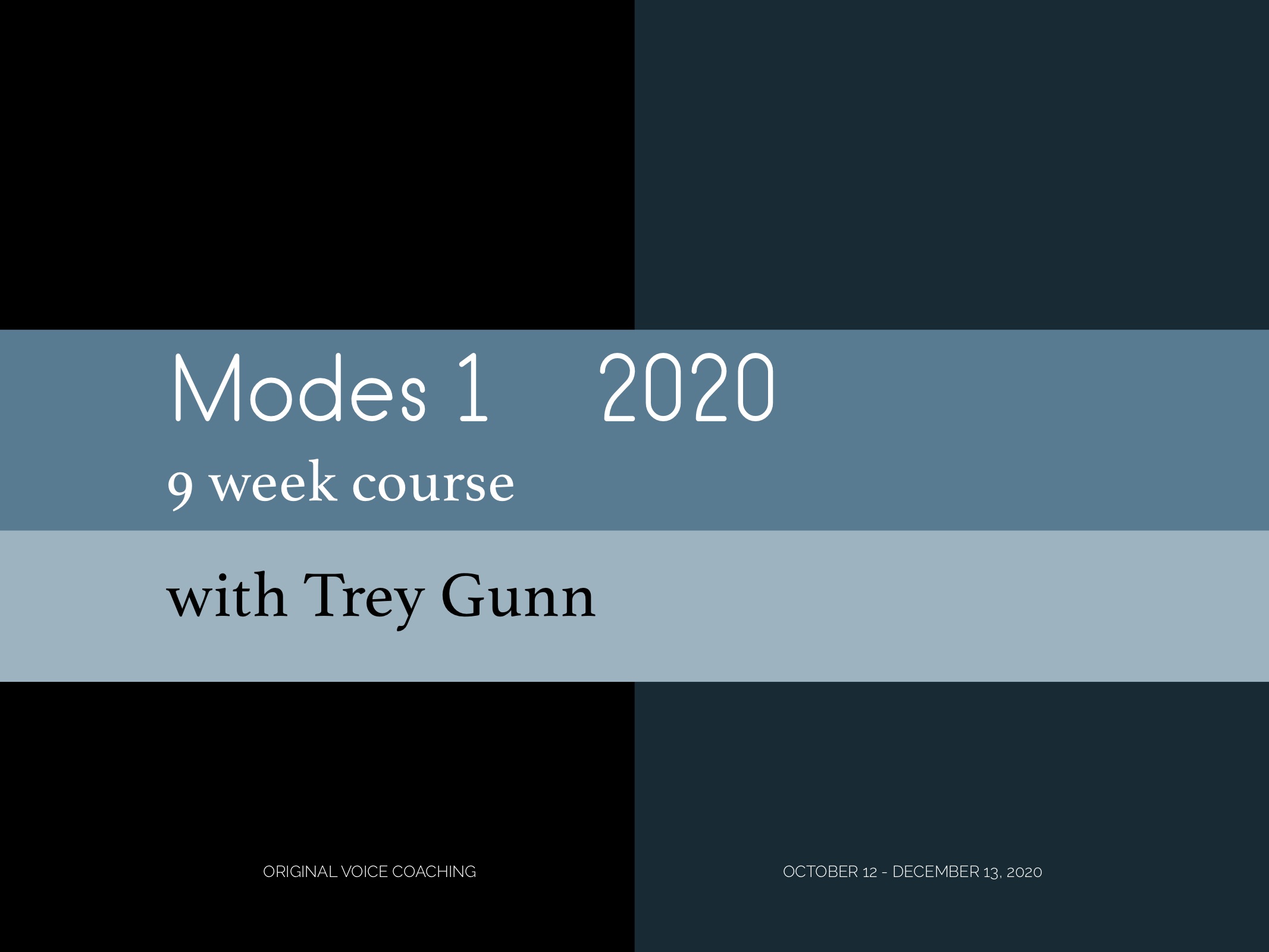
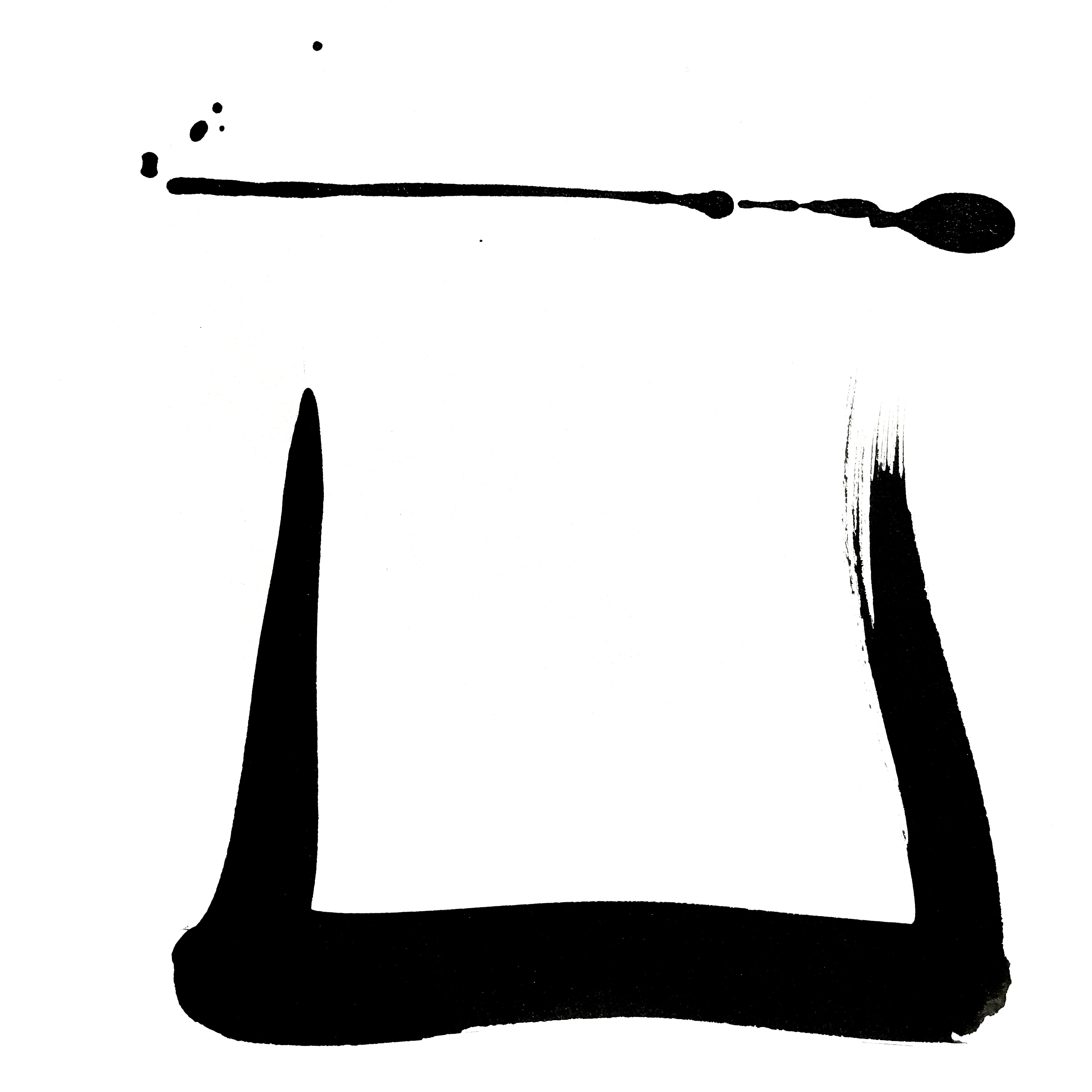
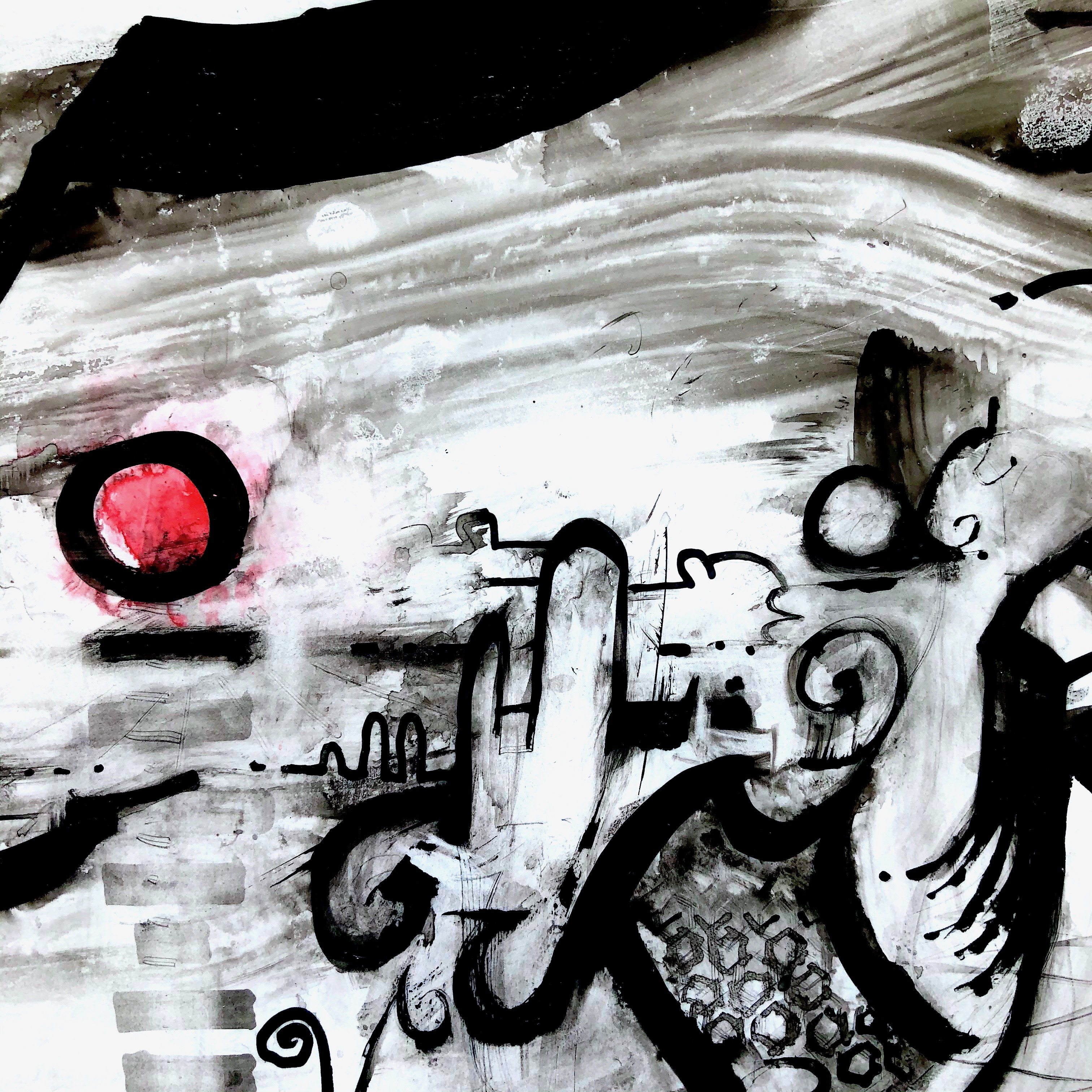
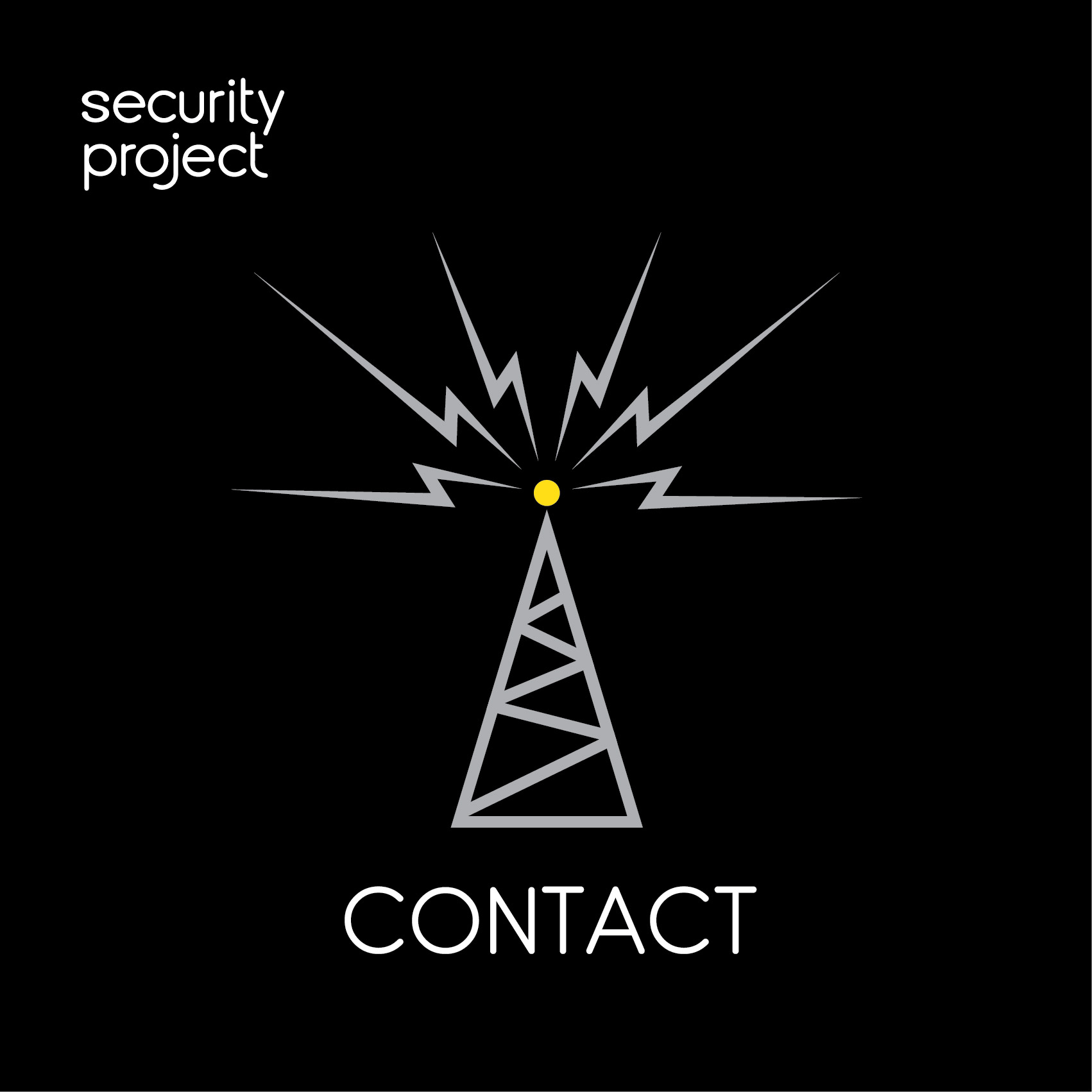
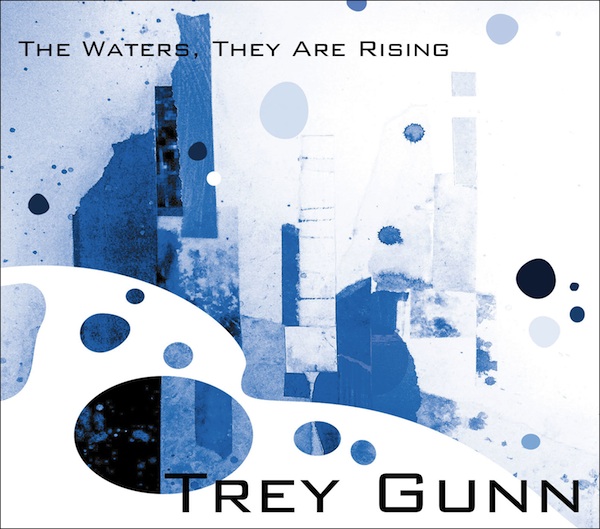
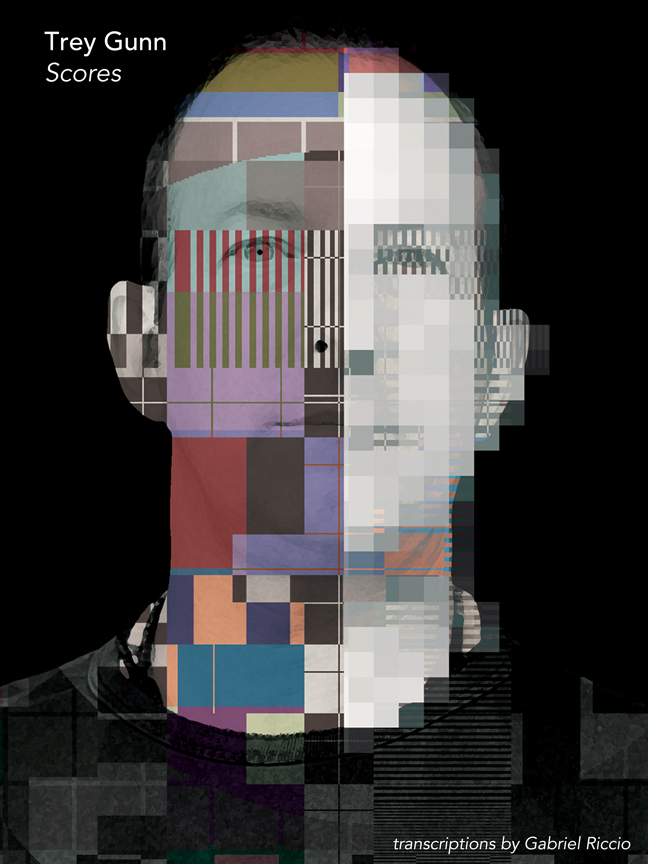

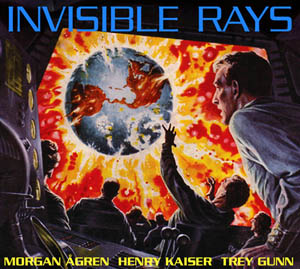
Reader Comments